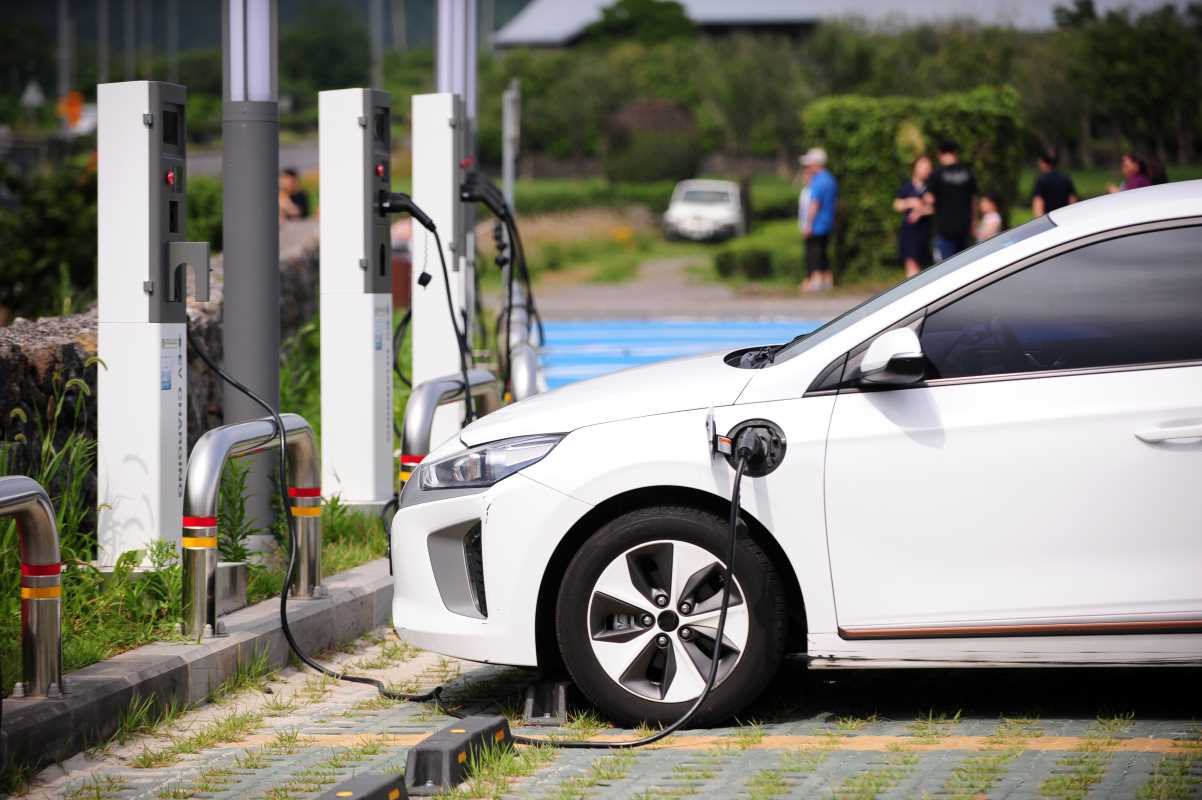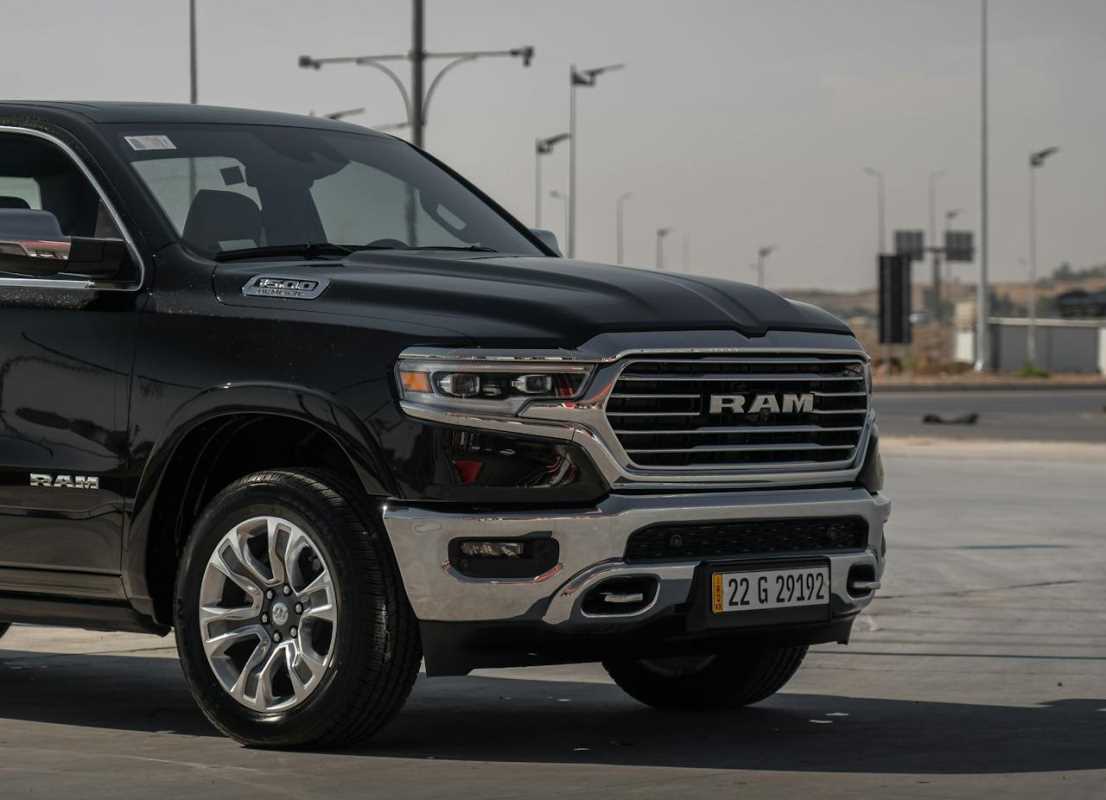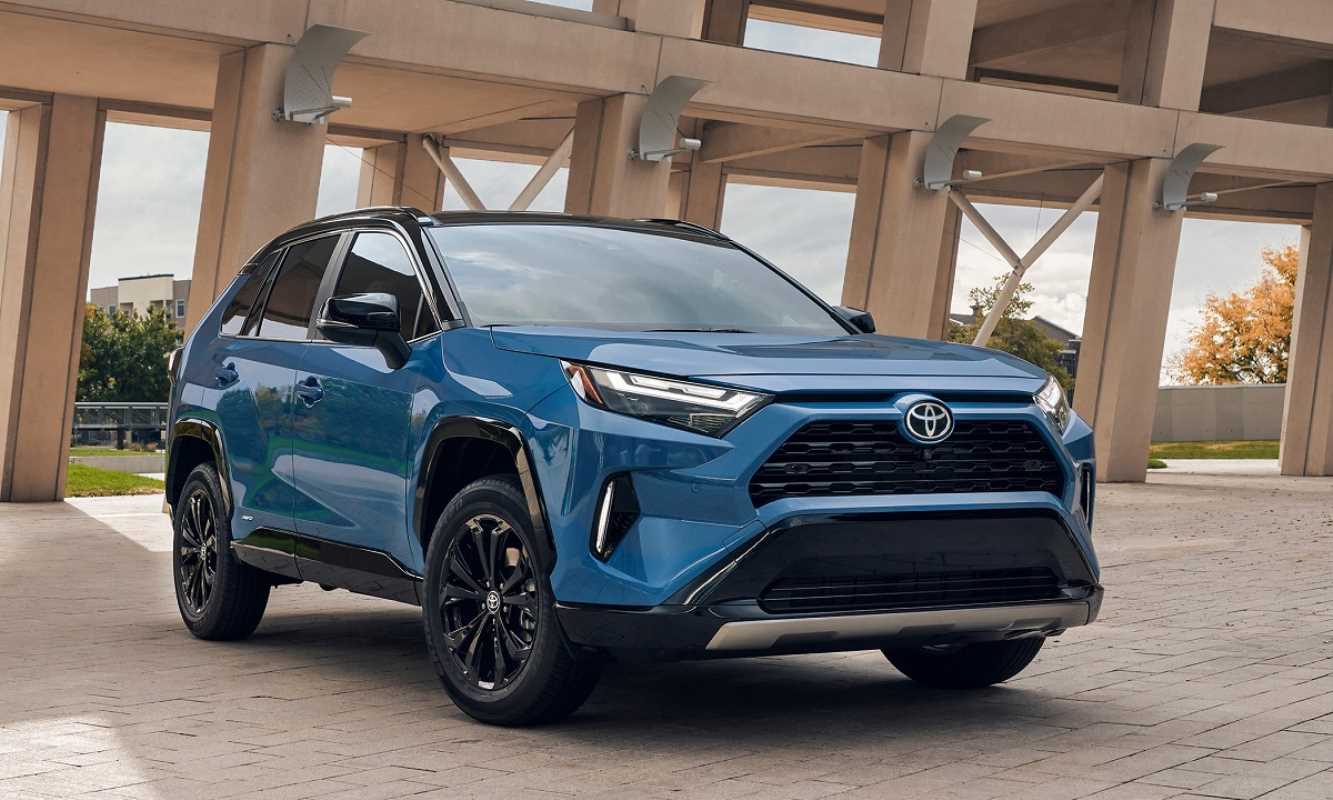Car design is changing in ways that would likely surprise automotive enthusiasts of decades past. Today, vehicle aesthetics are no longer driven solely by style, brand identity, or even luxury appeal. Instead, aerodynamics is stepping into the spotlight as one of the most influential factors shaping the look of modern cars. The pursuit of efficiency, whether for gas-powered cars or electric vehicles (EVs), has given rise to some fascinating changes in vehicle design.
Here’s a closer look at how this shift is reshaping vehicle aesthetics and what it means for the driving experience.
Why Aerodynamics Matters
Before we get into design specifics, it’s worth understanding why aerodynamics is so important. At its core, aerodynamics is all about reducing drag—that invisible force of air resistance that works against a moving car.
The less drag a car has, the more efficiently it can move through the air. This translates to better fuel economy for internal combustion engine (ICE) vehicles. It’s even more critical for EVs, however, as reduced drag means longer battery ranges.
But aerodynamics isn’t just about efficiency. It also enhances a car’s handling, stability, and speed. Automotive engineers have known this for years (think about Formula 1 cars, which are aerodynamic masterpieces), but now it’s influencing consumer vehicles in meaningful ways. And the best part? Function doesn’t have to come at the expense of form.
The Rise of Sleek Silhouettes
Take a quick glance at the modern automotive landscape, and you’ll notice a common theme among the most talked-about designs: elongated, flowing shapes. Cars today have a certain “teardrop” quality, characterized by smooth curves, sloping roofs, and tapered rear ends.
The Tesla Model S is a prime example. Its shape is not just about good looks; it’s the result of Tesla’s obsession with efficiency. The Model S boasts a drag coefficient (Cd) of just 0.208, one of the lowest on the market. That’s helped by its long, low proportions, flush door handles, and a flat undercarriage that prevents airflow disruption.
Similarly, the Lucid Air has pushed design boundaries by achieving an even more impressive Cd of 0.197. It doesn’t just look fast standing still; every design aspect—from its continuously smooth bodywork to the carefully crafted rear diffuser—is about enhancing airflow.
This aesthetic evolution shows how cars are prioritizing a seamless appearance by eliminating anything that might disrupt the air. Old-school details like protruding grilles, roof rails, or even large side mirrors are being swapped out for sleeker alternatives like camera-based mirror systems and invisible venting.
Active Aerodynamics Steals the Show
While streamlined bodies play a huge part in aerodynamics, some cars are going further by incorporating active aero features that adapt to driving conditions.
Take the Porsche Taycan, for instance. This high-performance EV doesn’t just rely on its sleek shape to cut through the air; it uses an adaptive rear spoiler that adjusts depending on speed. At lower speeds, the spoiler remains tucked away for visual elegance. But as you pick up speed, it deploys to improve downforce and stability without adding unnecessary drag.
Other features, like active grille shutters, are becoming more common across various brands. These shutters open and close as needed, helping cars stay cool when necessary and improving airflow efficiency when they’re not.
Even practical models like the Ford Mustang Mach-E now incorporate elements designed for aerodynamic performance. Think of it as a collaboration between form and function, where cars are not just styled for the showroom floor but are actively working to enhance the driving experience.
EV-Specific Design Influences
Electric vehicles have completely reshaped the way car manufacturers think about design. Without traditional engines, radiators, or exhaust systems to worry about, designers have far more freedom to experiment with proportions, shapes, and innovations.
For instance, the absence of a massive internal combustion engine under the hood means EVs often have shorter front ends or “frunks” (front trunks). This creates a strikingly modern aesthetic, as seen in the Rivian R1T or the Hyundai Ioniq 6, where the compact front areas scream future-forward.
EVs also ditch the oversized grille designs common to ICE vehicles since they don’t require as much airflow cooling. Instead, they go for flush, minimalist front ends that emphasize sleekness. The BMW iX, for instance, incorporates a grille, but purely for aesthetic reasons; it acts as a canvas for housing its hidden sensors. This mix of necessity and innovation drives a very different visual identity compared to traditionally styled vehicles.
And then there’s the critical role of wheels. EV designers are leaning into the aerodynamics of their rims, creating more closed-off designs that reduce turbulence. It’s a small but noticeable change in appearance, one that enhances both efficiency and the futuristic vibe EVs tend to exude.
Balancing Aesthetic Appeal and Practicality
While aerodynamics is shaping the future, there’s no denying that car design is still about emotion and identity. Designers are now tasked with blending aerodynamic efficiency with personalities that work for their brands.
For example, Polestar’s EV lineup showcases sharp lines and Scandinavian minimalism, proving that eco-efficiency can still feel bold and distinctive. Meanwhile, Audi offers a more muscular take with models like the E-Tron GT, which balances fluidity with a performance-oriented stance.
Luxury brands like Mercedes-Benz have managed to combine aerodynamic mastery with opulence. The EQS sedan is a great example, with its curvy lines, flush door handles, and smooth underbody. Yet, it somehow retains the unmistakable aura of high-end Mercedes sophistication.
This dual role of aerodynamics—as both a performance enhancer and a design signature—is a testament to the amount of thought that goes into today’s vehicles.
The Impact on Everyday Cars
These innovations are no longer limited to high-end or performance cars. Mainstream brands are adopting aerodynamic principles as they look ahead to EV-heavy lineups, tighter emissions requirements, and consumer demand for better efficiency.
Take the Toyota Prius, once mocked for its “quirky” design but now a leader in marrying aerodynamics with mainstream appeal. Its newest iteration has taken a sportier approach, proving that aerodynamic cars are far more than just efficient; they’re downright good-looking.
Even budget-conscious models like the Hyundai Kona Electric and Volkswagen ID.4 show how streamlined silhouettes and smooth surfaces are becoming standard in markets far beyond luxury or sports vehicles.
While efficiency and performance may drive contemporary car design, the results go far beyond functionality, bringing more excitement, innovation, and beauty to our roads.
 (Image via
(Image via





